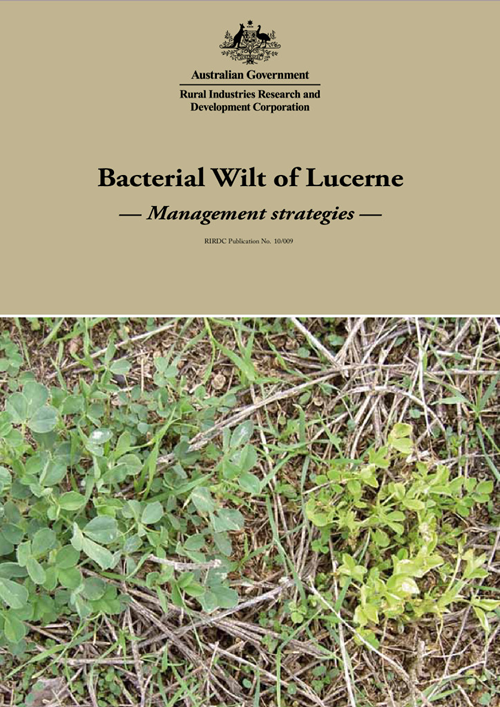Lucerne seed exports are worth $30 million pa to Australia. Overseas markets require phytosanitary declarations for bacterial wilt in lucerne. In addition, Western Australia has a legislative requirement for freedom from bacterial wilt of lucerne seed.
Bacterial wilt of lucerne is caused by the bacterium, Clavibacter michiganensis subsp. insidiosus (Cmi). The bacterium has been found in lucerne stands in the main lucerne seed production area of South Australia where over 90% of Australia’s export lucerne seed is produced.
Although the bacterium causes little apparent yield loss, its presence in seed production areas means that annual phytosanitary inspections and testing are undertaken to ensure that seed crops are free of Cmi.
The aim of this RIRDC research was to better understand the survival of Cmi so that management strategies can be developed to reduce the inoculum of Cmi to a very low level, to reduce risk of seed infection in subsequent seed crops.





